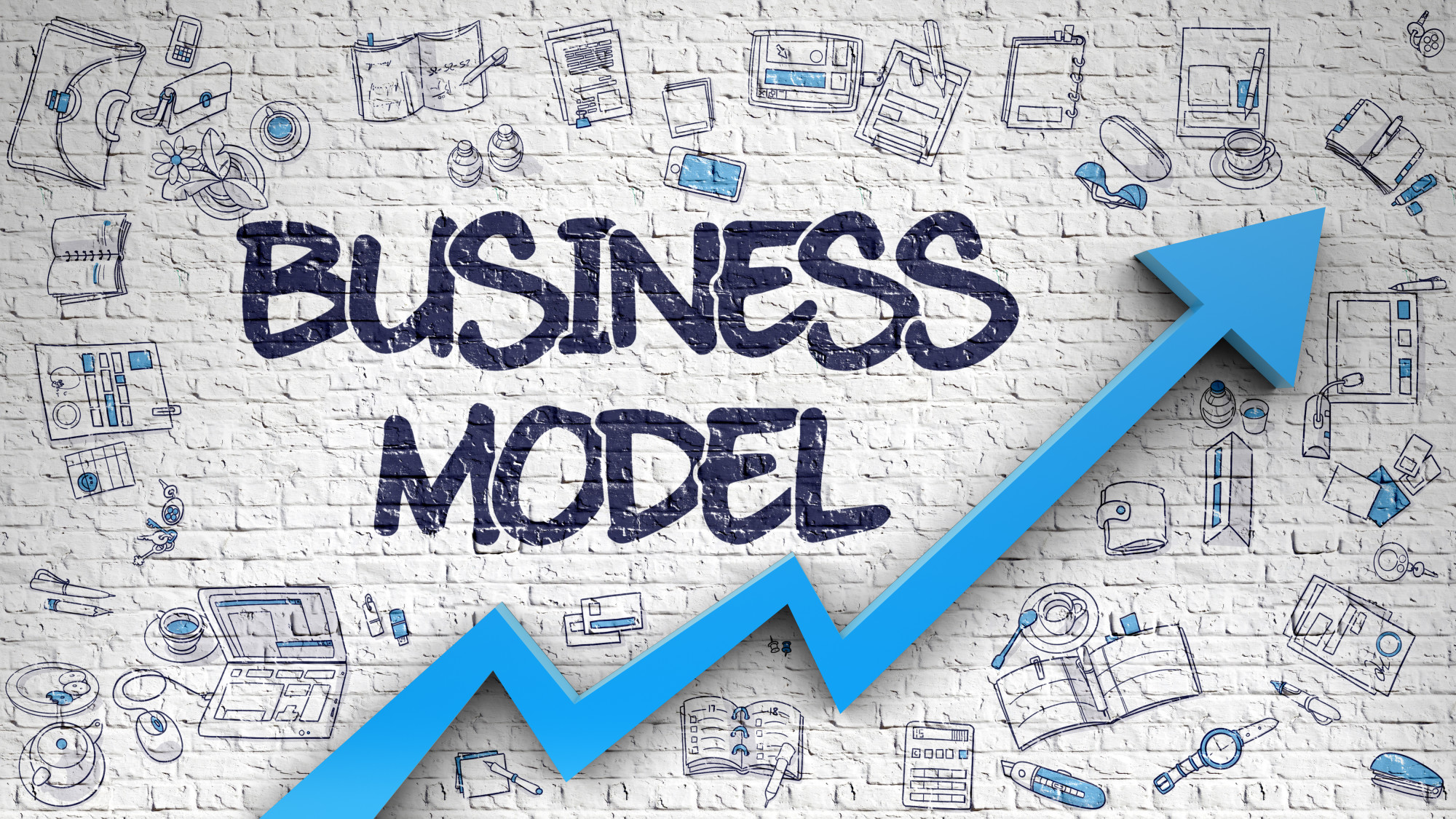Did you know that nearly 1 in 5 American companies fail during their first year?
Starting a business is exciting, but it’s also important to know what type of model will allow you to succeed. Starting a business, understanding the industry, and choosing the correct business models are everything to consider for success.
Business models determine the strategies for businesses, how organizations achieve their goals, how they deliver value to customers, and how they make profits. Successful business models are essential for achieving goals and improving profits.
Below is a guide on the different types of business models.
1. Subscription Model
A subscription model is a type of business model where customers pay a recurring fee in exchange for access to a product or service.
Businesses that deliver content, like newspapers or magazines, as well as those that offer software as a service frequently use this sort of business model.
The subscription model can be a great way to generate stable, recurring revenue for a business.
This type of model is one of the business models that use the Archimate. With it, users can easily see how the subscription model works and how it can be used to save money on recurring charges.
2. Freemium Model
The freemium model is one such model, and it has become increasingly popular in recent years. With this model, companies offer a basic level of service or product for free while offering premium features or products for a fee.
This can be a great way to attract new customers and get them hooked on your product or service. Once they are using and enjoying the free version, they may be more likely to upgrade to the paid version.
This can be used for various products and services and can be a great way to boost your bottom line.
3. Franchise Business Model
A franchise is when a company allows an individual or group to open and operate under its name and logo. The most significant advantage of a franchise is that it comes with an already established brand.
This type of business model is often used in the food industry. Some popular franchise chains include Mcdonald’s, Subway, and Dunkin’ Donuts.
The biggest disadvantage of a franchise is that the franchisor holds a lot of power and can often dictate how the franchise is run.
4. Brick and Mortar Model
The “brick and mortar” business model refers to a physical presence, typically a store, office, or factory. Customers can visit the brick-and-mortar location to purchase products or services.
This is the traditional business model and is still used by many businesses today. The advantages of a brick-and-mortar business include the ability to build face-to-face relationships with customers and the presence of a physical product.
The disadvantages include the high rent and maintenance costs and the need for employees.
Know the Different Types of Business Models
Remember that when choosing different types of business models, it’s necessary to pick one that is sustainable and that will fit both your short- and long-term goals.
There is no one-size-fits-all solution, so it is crucial to tailor your business model to your specific industry and needs. You need to have a clear understanding of your business model and how it will help you achieve your goals.
With a clear understanding of your goals and a sustainable business model, you can be successful in any industry.
Found this article helpful? Browse the rest of this section for more.
Read more articles at Ibomma News

